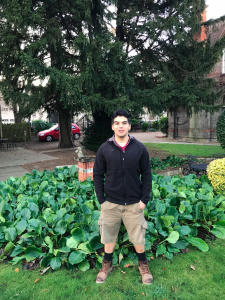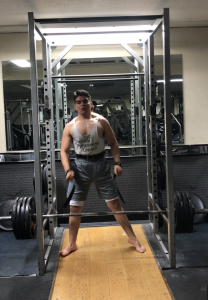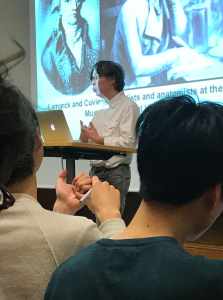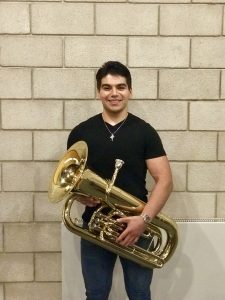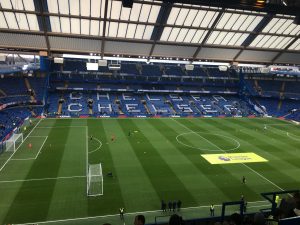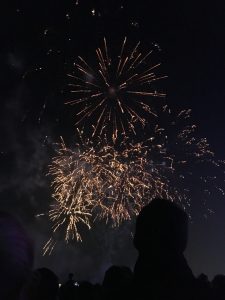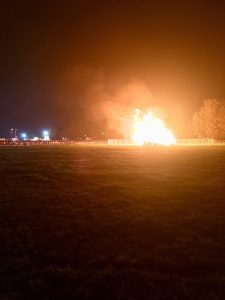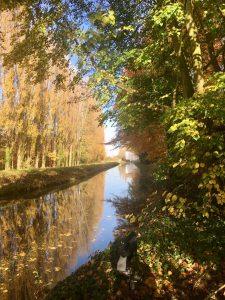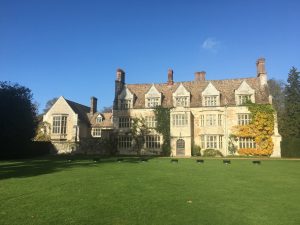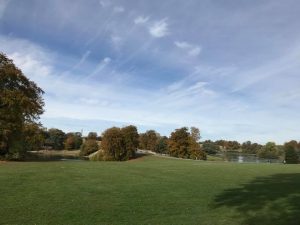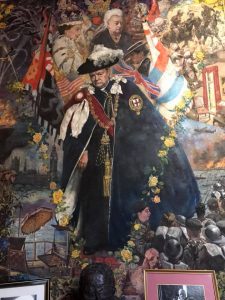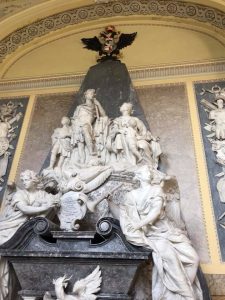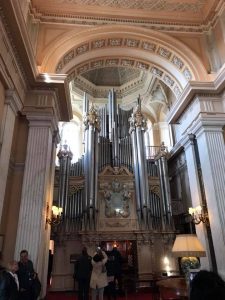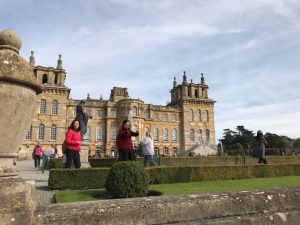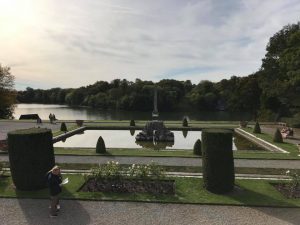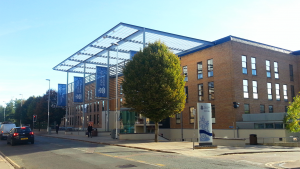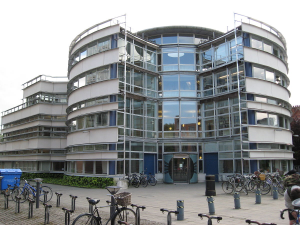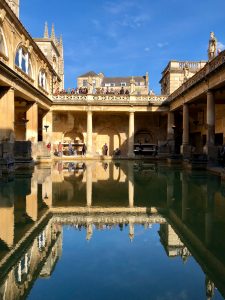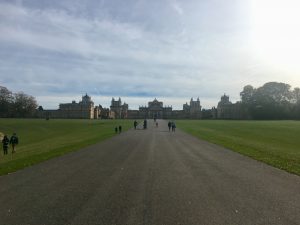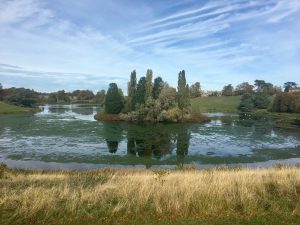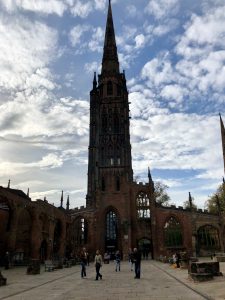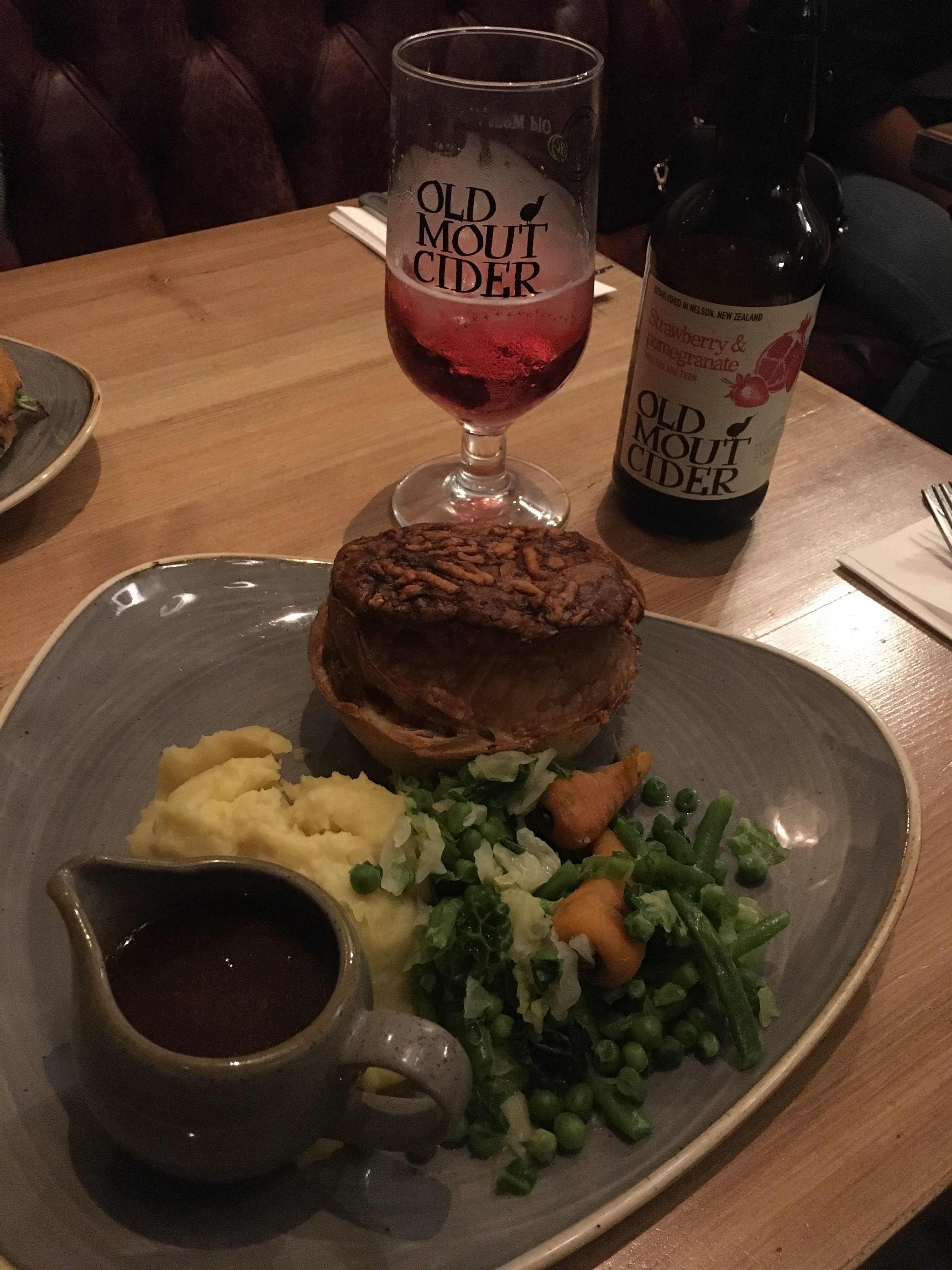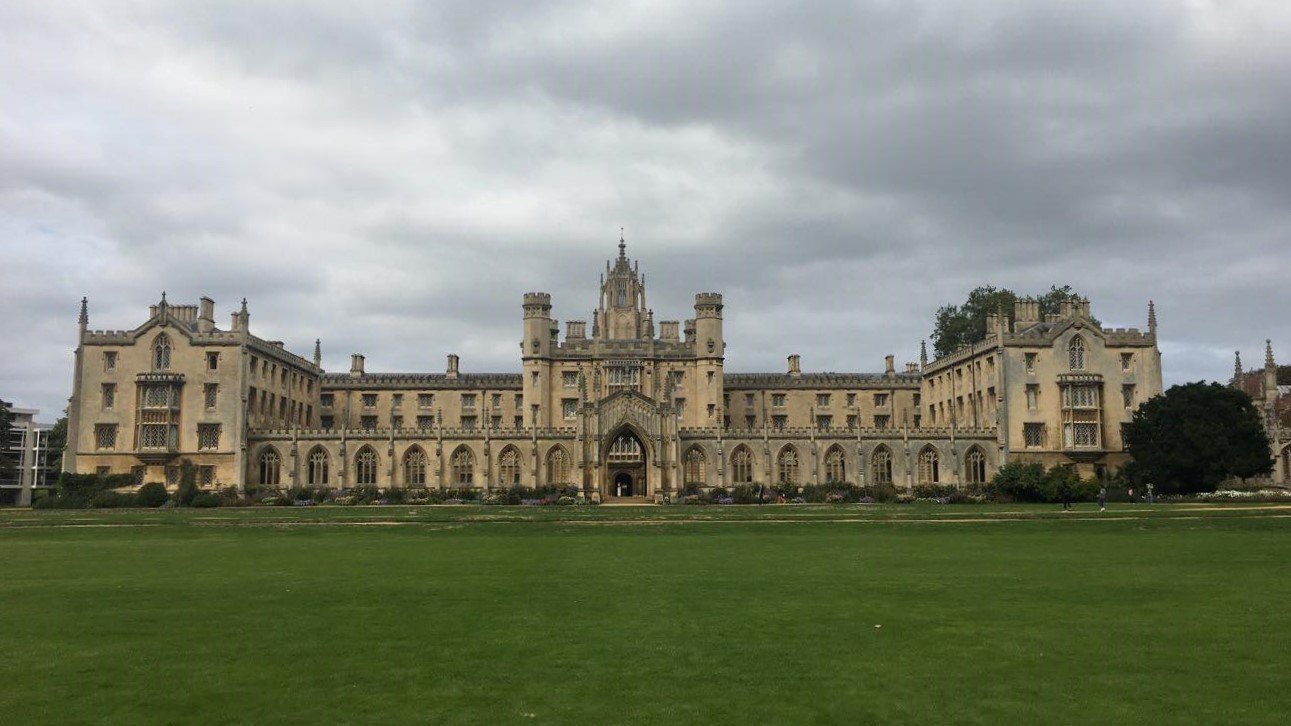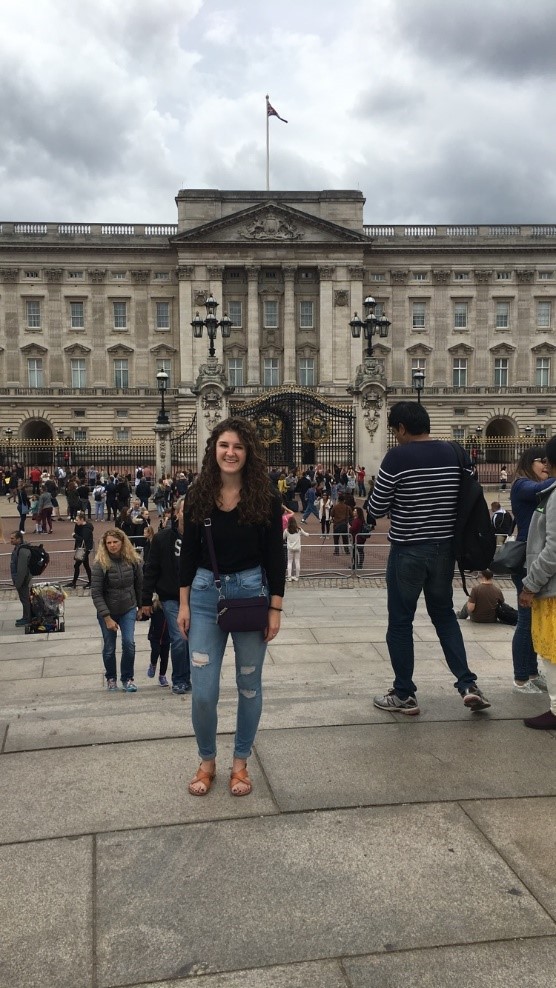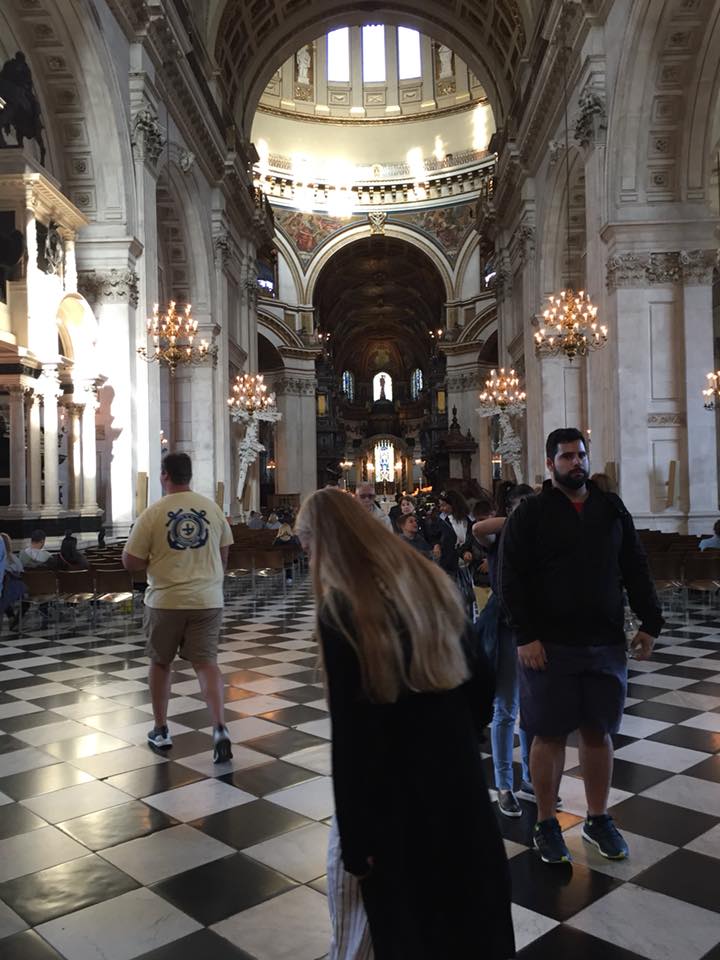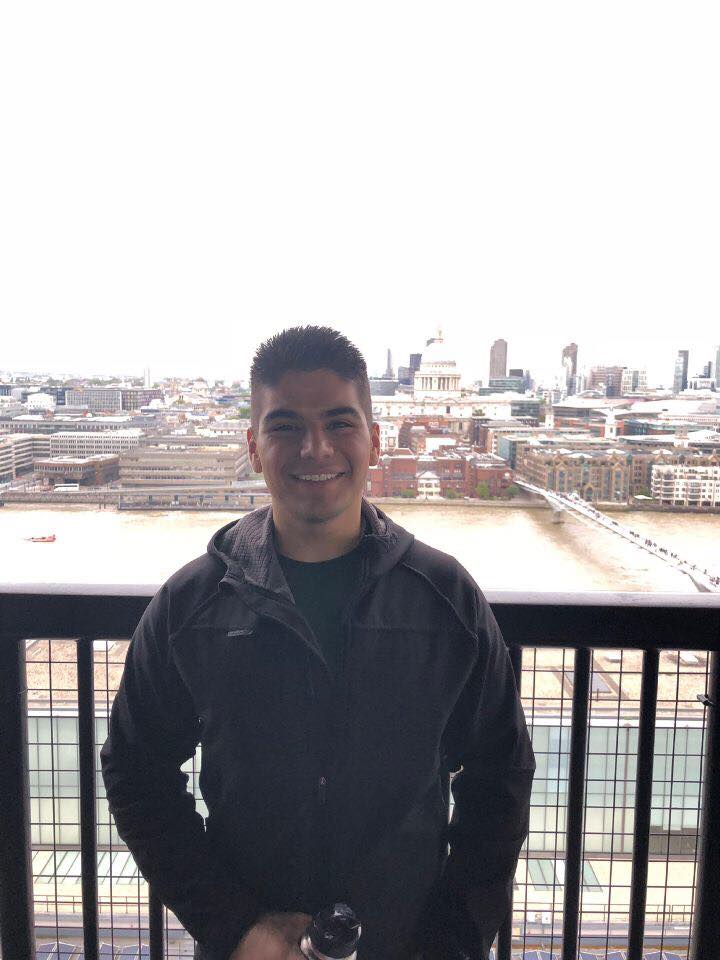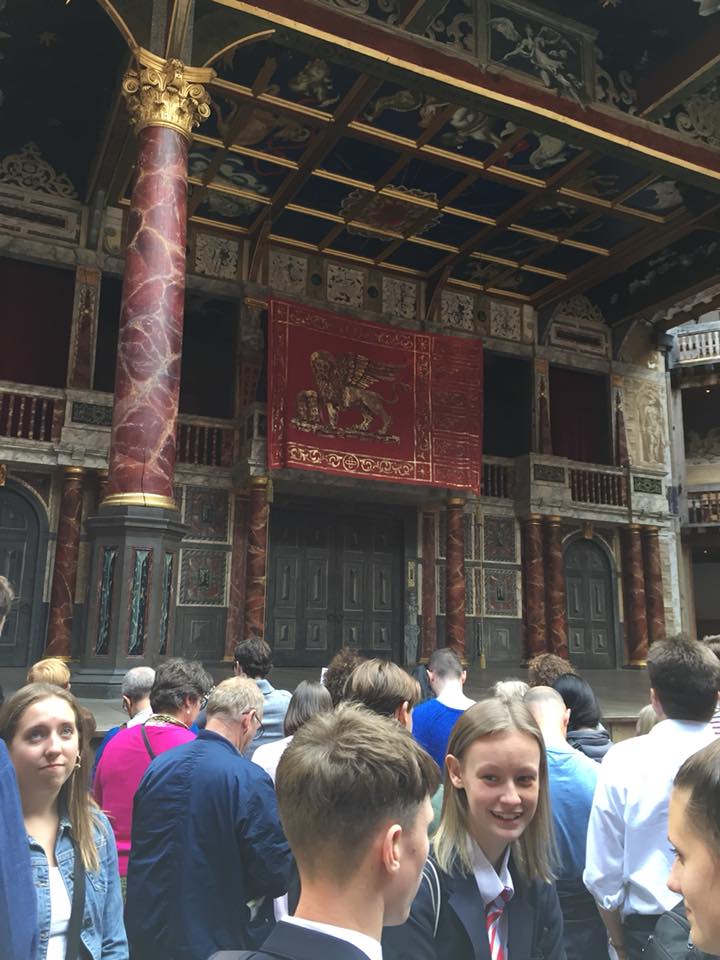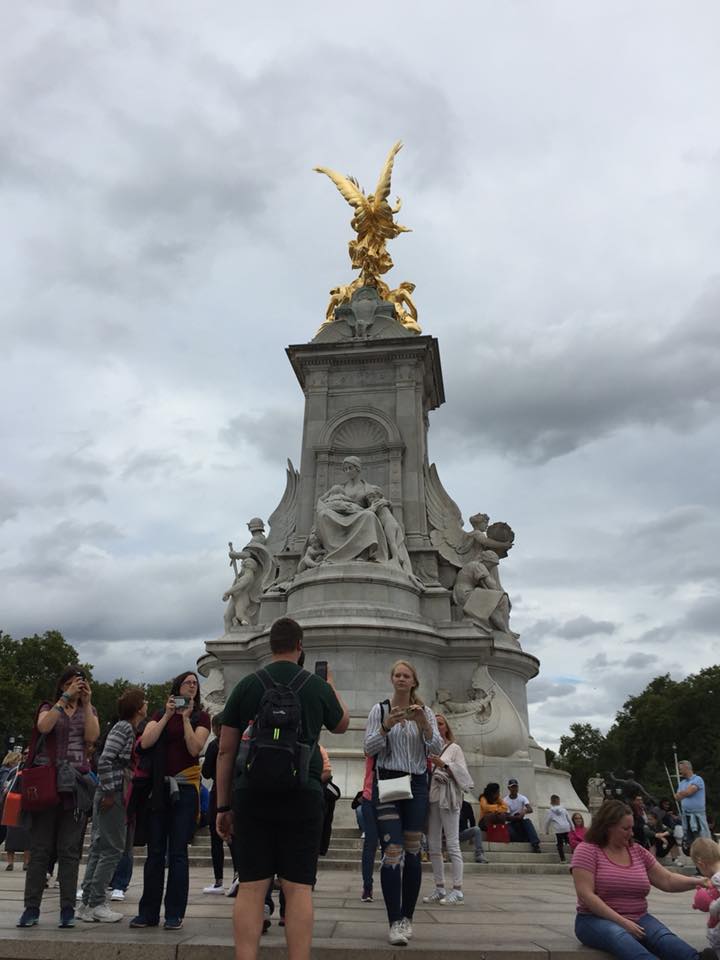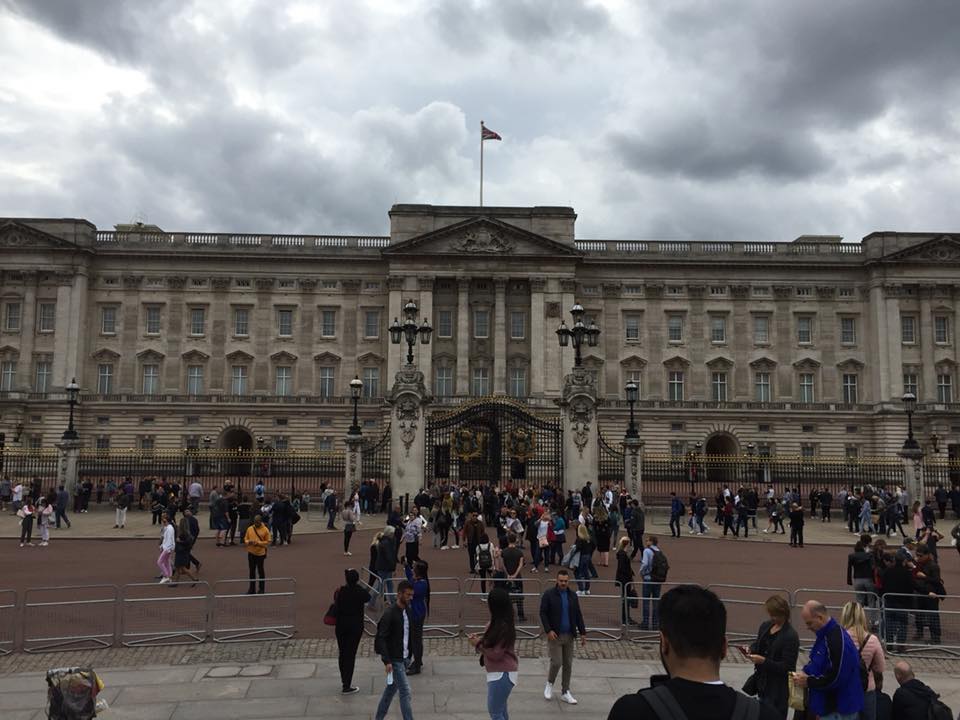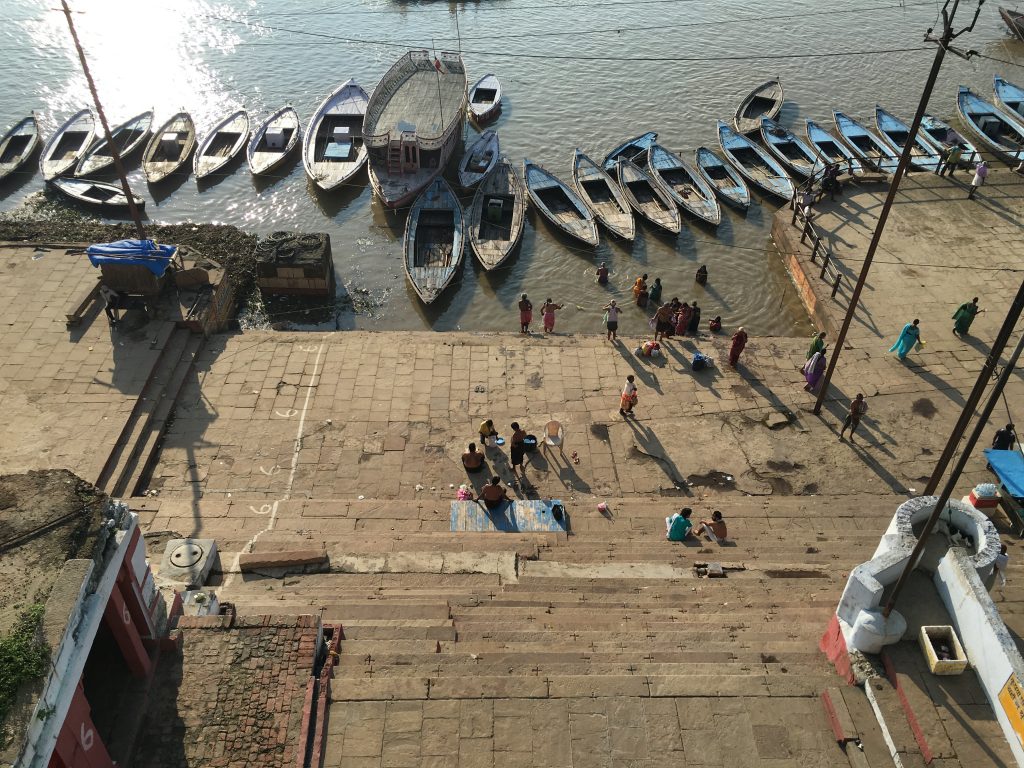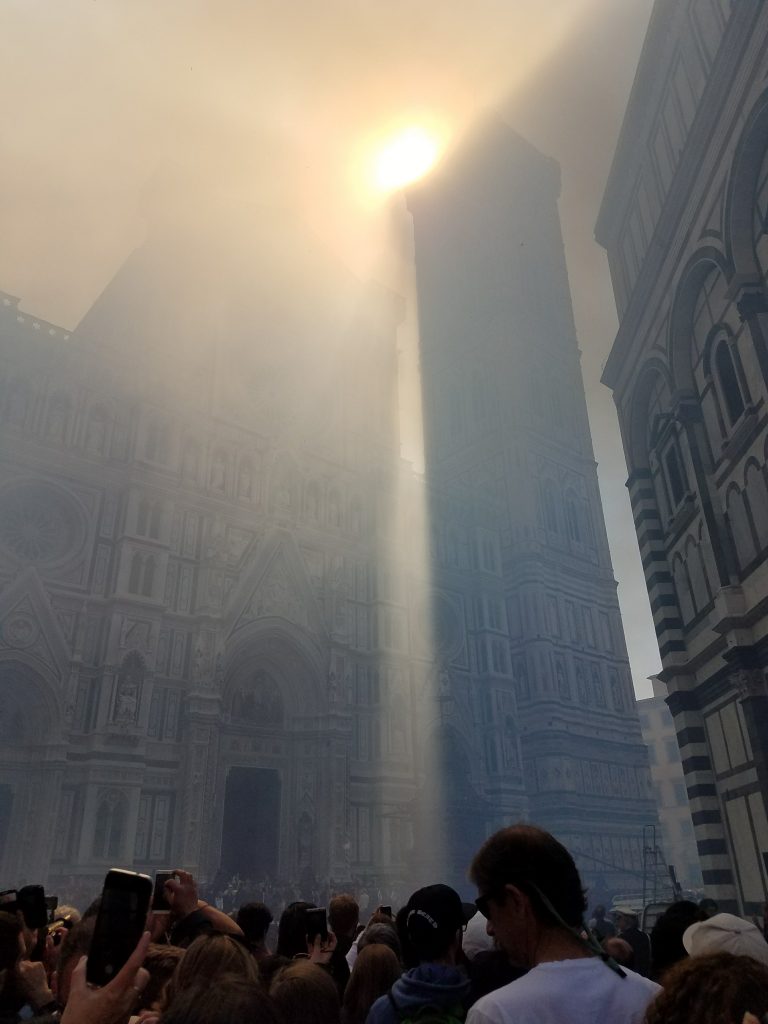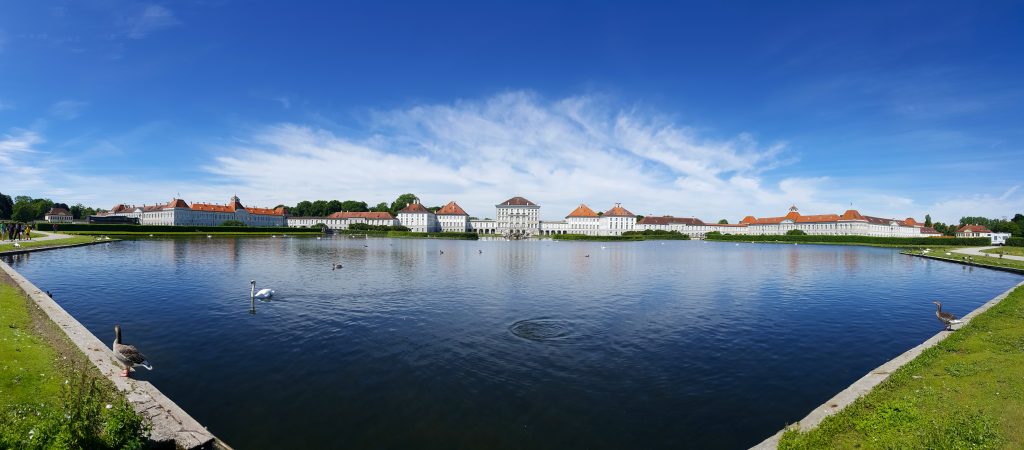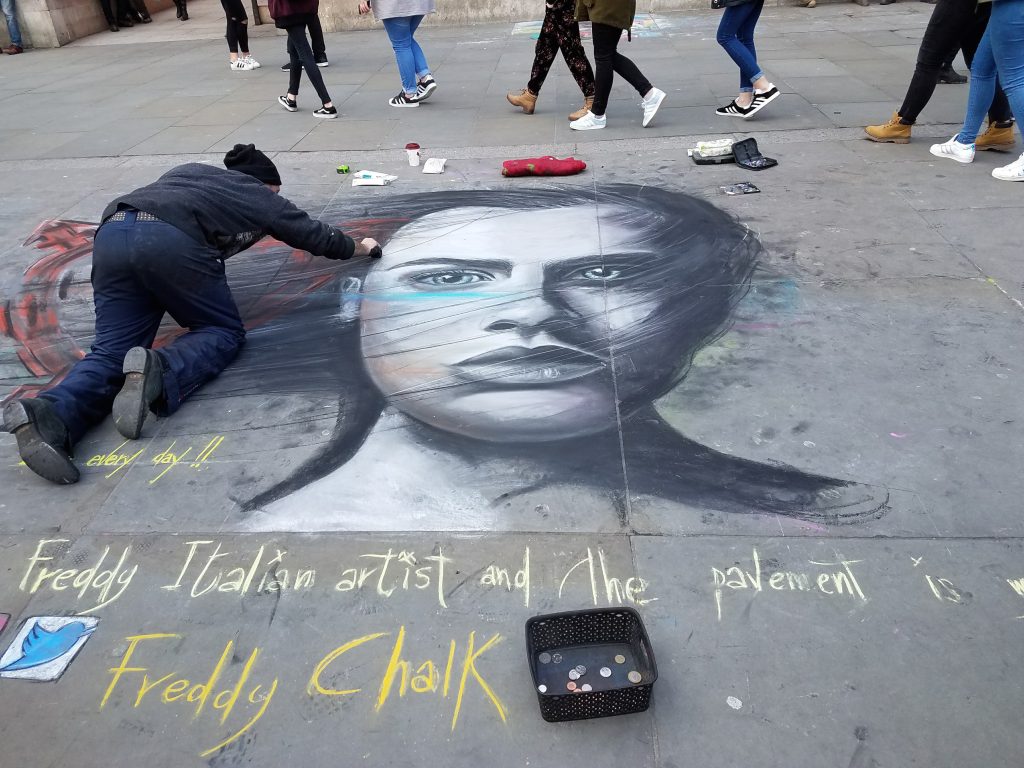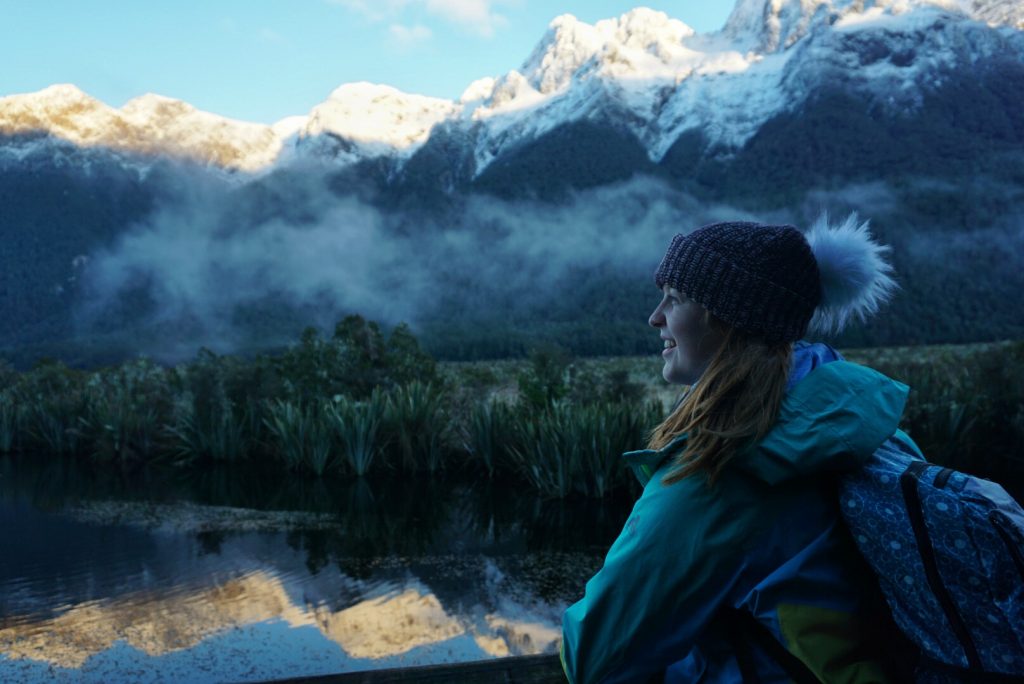Author: Emily Neuharth
Location: Cambridge, England
Pronouns: She/Her/Hers
Reflections on living in a country that is deeply rooted in history— a new experience for me.
I have always been the type of person that felt interested in history because it was something that I felt like I should be interested in. As a student immersed in creative writing, literature, and humanities courses, studying context has become like muscle-memory to me. As the city’s unprecedented historical depth was continually used as a selling-point for the Cambridge program, I anticipated growing in this forced-interest and I had (and still have) high hopes for the positive influences it will have on my writing and understanding of the world. The beginning of our time here has been jam-packed with British Life and culture excursions all around Cambridge and England in general, the majority of these focusing on famously historical, traditional locations.
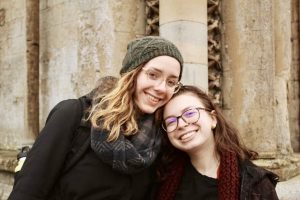
Liz and I in front of Ely Cathedral (photo taken by Jasmine!)
I should make clear that I do feel incredibly fortunate to be able to witness and learn from these ancient churches and free museums (all museums in England are free!!); I have been trying very hard to be intentional and not take any of it for granted. But there have been many moments where I’ve become overwhelmed trying to truly wrap my mind around the fact these places have existed for as long as they do.
For example, we climbed 170 steps to get to the top of Ely Cathedral where we were met with a breathtaking (not just from the stairs), misty view. Watching the birds nestle on top of gargoyles, I thought about our newly acquired facts, like how part of the Cathedral is from the 600s, that the magnificent trees used to support these 250 ft. towers were from the 300s, and that, in the 900s, they could create something so tall and long-lasting. I was in awe, but I couldn’t muster the profound wonder that I felt the Cathedral and its history deserved. And it wasn’t like I was reading about Ely in a textbook— I felt one of those trees with my hand and I stood on top of this massive tower!
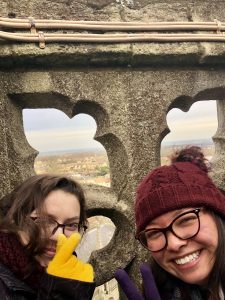
Liz and Jasmine at the top of the tower.
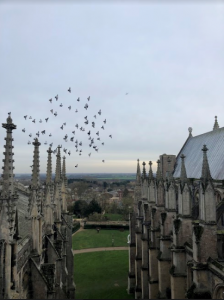
This photo was taken about halfway up the tower.
I think it was the mindset that history in itself should be enough to captivate and deeply inspire me that often resulted in me feeling discouraged after the first of these excursions. Upon reflection, I’ve reminded myself that everyone’s interests are varied and that that’s okay— it’s not really something I can force. But I’ve also realized that finding personal connections to something historical has led me to the awe that I felt I was lacking.
The following are some parts of Ely where I experienced profound wonder through witnessing the interaction of past and present.
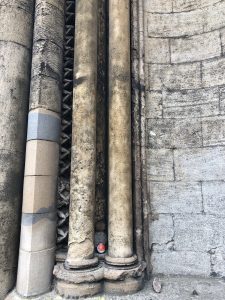
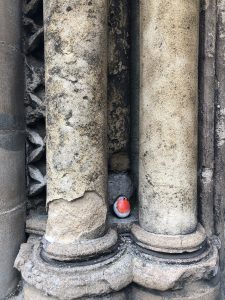
I’ve discovered that it’s often been in noticing the little things that I find wonder and feel like I’m doing something right with my precious time abroad. Some generous-spirited stranger had placed this little painted rock in a perfect little nook, and it really was one of my favorite observations from Ely. Not only was that bird now finally in her rightful home, but it also brought humanity to this indestructible building. It inspired me to consider how many people have come to see this Cathedral (as tourists, church-goers, mourners, historians, musicians, workers, clergy, royalty etc.). Who painted this rock and who brought it here?
I think another reason why I had difficulty sustaining interest in some of our initial historical sightseeing was that when I couldn’t find any personal connection, I subconsciously felt like it couldn’t apply to me or that it was something I was excluded from. But I have been growing in appreciating the vast amount of time that these places have existed, rather than letting its mysterious incomprehensibility make me feel insignificant. And still, there have been times where we’ve been able to magically impose our present lives into the insurmountable past— like how our trip to Ely coincidentally fell on Ellie’s birthday!
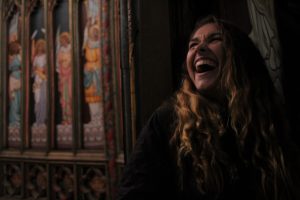
An amazing photo that Jasmine took of Ellie at Ely!
